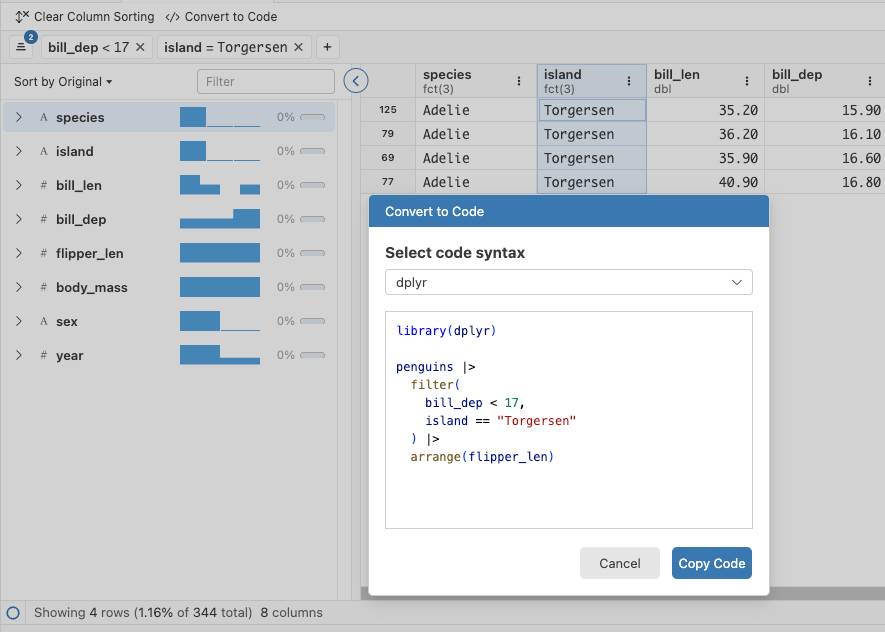
We want to introduce a new, work-in-progress book on spatial data visualization in R using the tmap package. The current version of the book, titled Spatial Data Visualization with tmap: A Practical Guide to Thematic Mapping in R , is available online at https://tmap.geocompx.org/. This blog post provides an overview of the book, its current status, and how you can get involved in its development.


